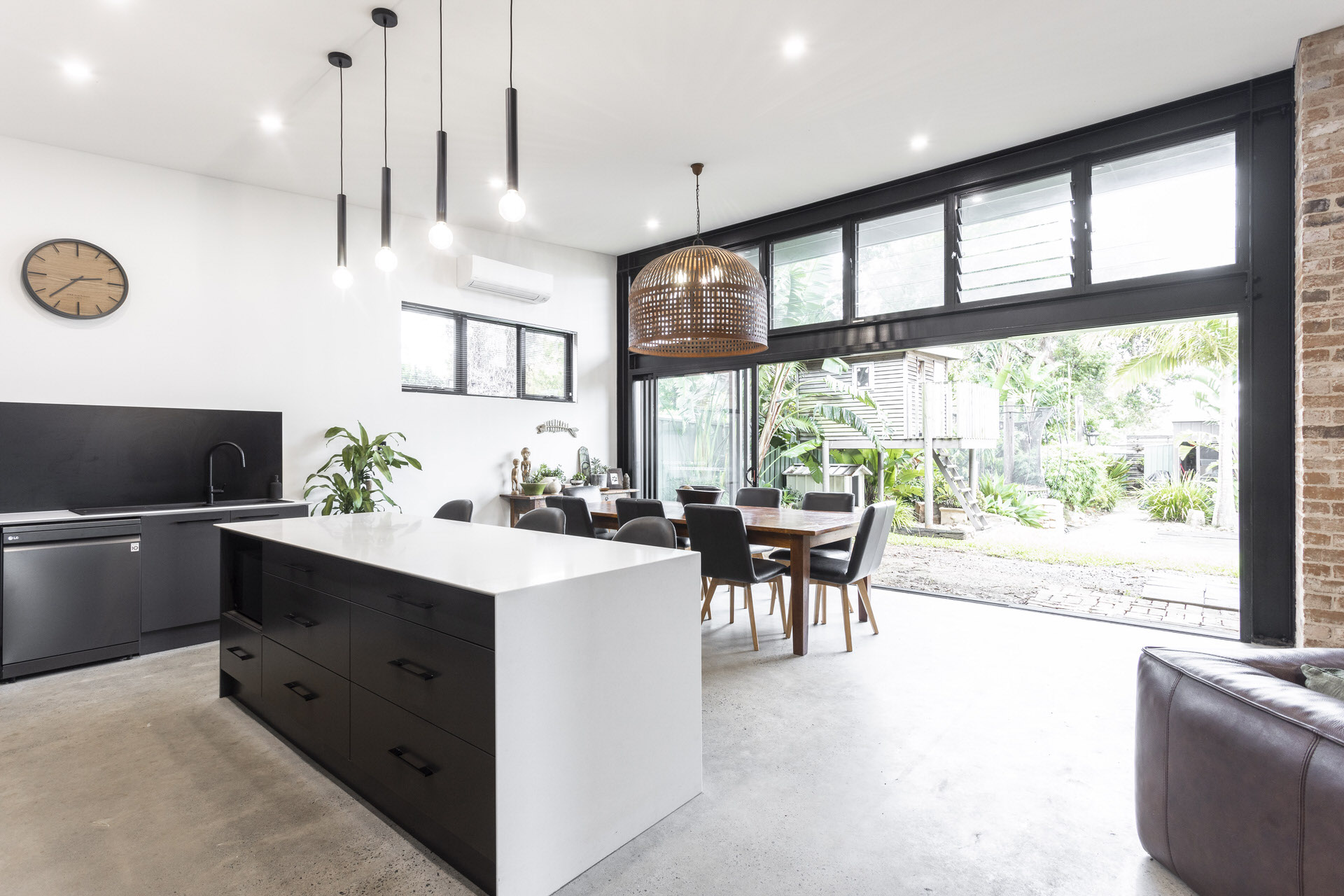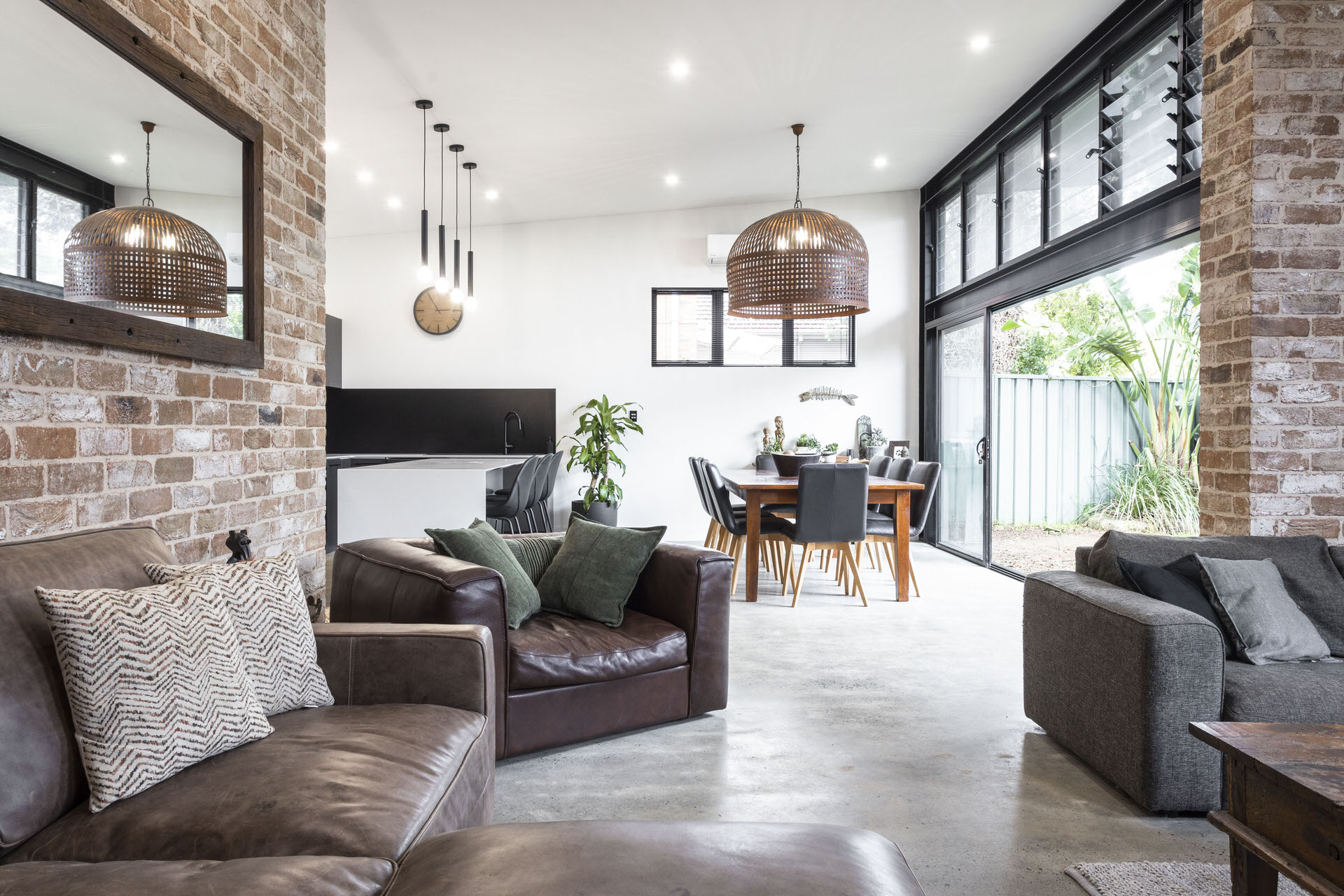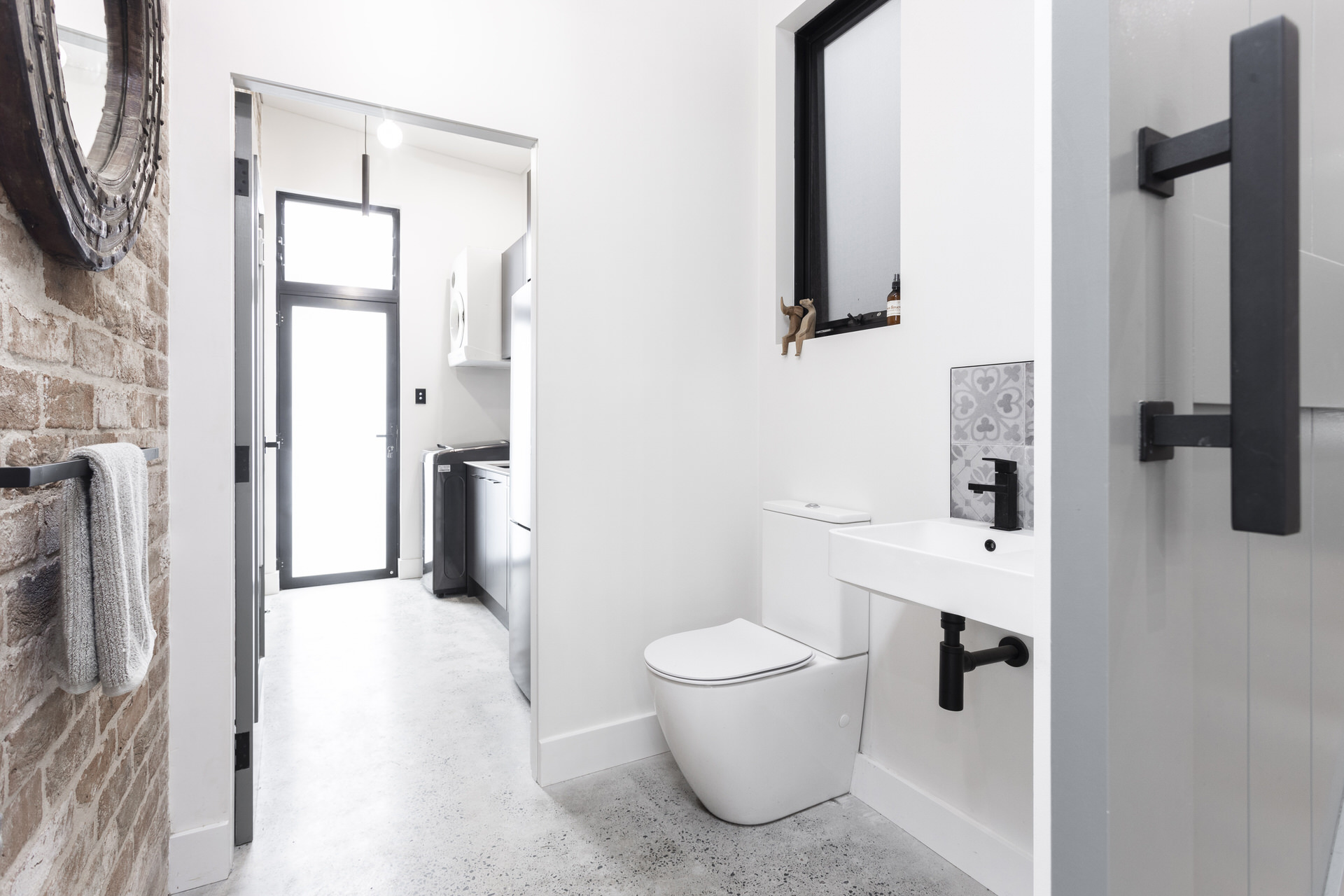Navigating Material Choices in a Changing Market
Material trends, availability, lead times, and pricing have always shifted, but in recent years, those shifts have become more frequent and less predictable. For architects, that means specifications often need to be assessed not just for how they look and perform, but for how reliably they can be sourced and delivered within the project program.
These changes aren’t obstacles to great design, they’re part of the design process. The key is to factor them in early, so choices remain aligned with the vision, budget, and delivery schedule. That’s where a strong builder–architect partnership adds real value: by ensuring market realities are considered from the outset, and that alternatives can be explored without compromising the outcome.
At TASS, our role is to work alongside architects to anticipate material challenges before they arise, and to provide informed options that protect both the design integrity and the program.
Why Market Shifts Matter to Architects
Material changes have a ripple effect, and understanding those impacts early makes all the difference:
- Design integrity – The selected material must align with the intended aesthetic, performance, and quality — even if availability changes.
- Client experience – Smooth, proactive communication around selections builds trust and reinforces the value of the design process.
- Program certainty – Knowing lead times upfront helps maintain momentum on site and avoids unnecessary sequencing delays.
By identifying these factors early, architects can make confident decisions and present clients with well-considered specifications that are both aspirational and achievable.
Real-Time Insights from the Outset
Our in-house estimating and pre-construction team — including two full-time estimators — track market rates, availability, and lead times in real time. This means:
- Feasibility and budget considerations are integrated into the early design phase without slowing progress.
- Material alternatives can be explored and presented well before documentation is finalised.
- Lead times are built into the program from the start, reducing the risk of delays.
Because this process is collaborative from day one, architects can design knowing there’s a clear path to delivery — even in a shifting market.

Communication and Documentation: The Foundation
Clear communication and detailed documentation protect projects from reactive decision-making:
- Structured updates keep architects informed of market changes as they happen.
- Detailed specifications ensure any substitutions are intentional, approved, and recorded.
- Site-level transparency from the foreman ensures changes are implemented exactly as agreed.
This approach means architects remain in control of design outcomes while clients see a seamless, well-managed process.
The Value of Early Coordination
When builder and architect collaborate from the outset, specifications can be developed with a clear understanding of current market conditions. This early alignment means material selections are made with both design ambition and program certainty in mind, creating a smoother client journey and reducing the likelihood of changes once construction begins. It also allows the team to respond quickly and effectively to any market shifts, keeping the design moving forward without losing momentum.
Partnering for Design Confidence
Material availability will always evolve — but with early insight, clear communication, and a shared commitment to the vision, those shifts become part of the process rather than a disruption.
If you’d like to explore how we can help protect your specifications while keeping programs and budgets on track, connect with our team to start the conversation.






